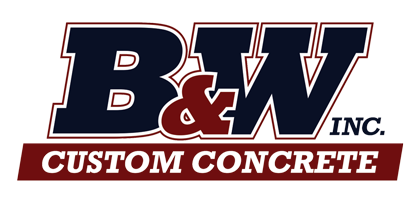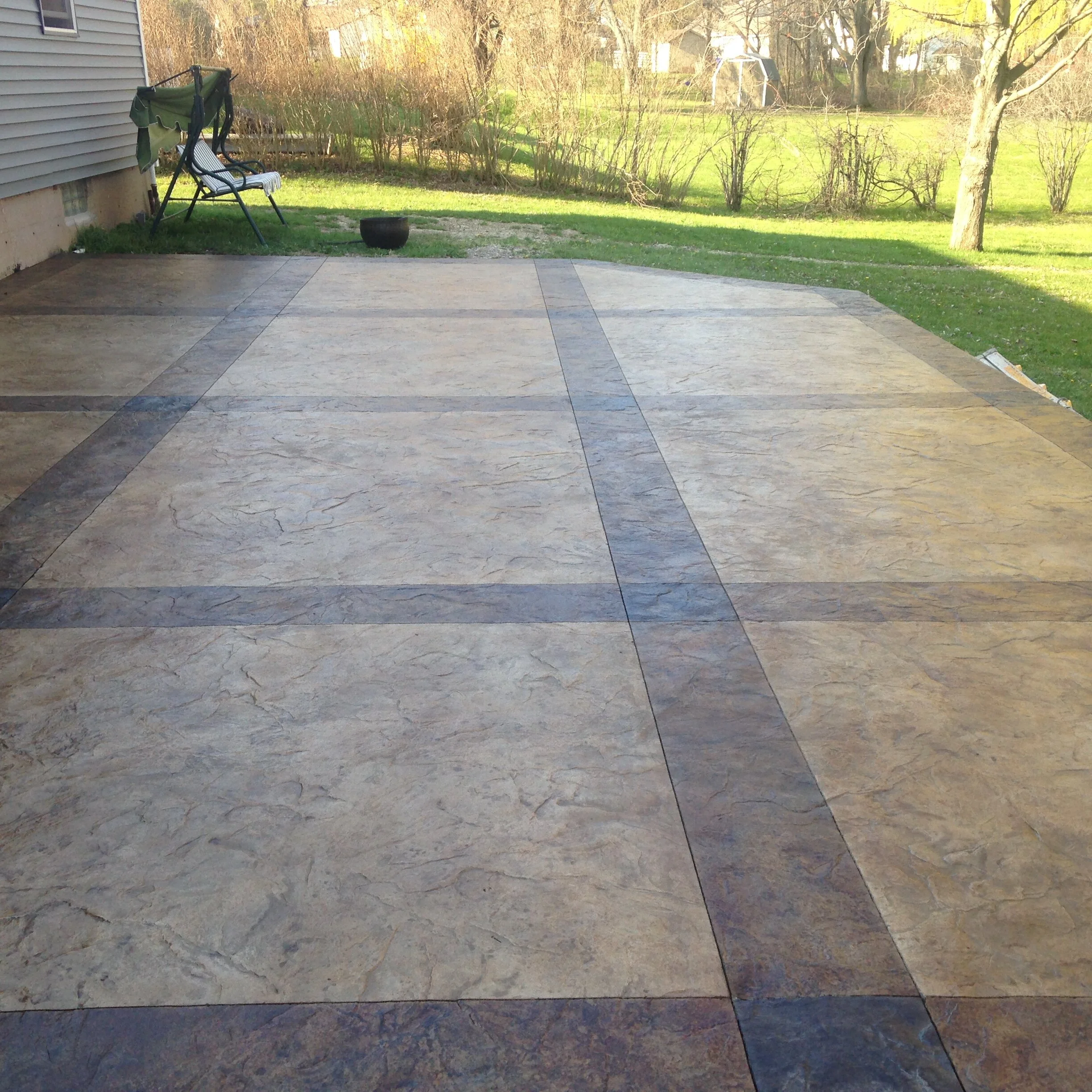From your Concrete Contractors in Buffalo, NY
When pouring fresh concrete the need to cure it properly is very important. Do it correctly, it will be strong and reliable; neglect it, and you’ll likely have problems.
What is Curing?
Curing concrete is providing adequate moisture, temperature, and time to allow it to achieve the desired properties for its intended use. While curing is important for all concrete, problems that arise from not curing are most obvious with horizontal surfaces. An uncured slab is likely to develop a pattern of fine cracks called crazing. Once it’s in use, the surface will have little strength which can result in a dusting surface with little resistance to abrasion.
There are three main purposes for curing concrete:
It retains moisture in the slab so the concrete can continue to gain strength.
It delays drying shrinkage until the concrete is strong enough to resist cracking.
It improves strength, durability, water tightness, and wear resistance.
What are the Aspects of the Curing Process?
Concrete needs to be strong, obviously. Gaining strength depends on the growth of crystals within the concrete. These crystals grow from a reaction between Portland cement and water, called hydration. If there isn't enough water, the crystals can't grow and the concrete doesn't develop the strength it needs. If there is enough water, the crystals grow like rock-hard fingers wrapping around the sand and gravel and intertwining with each other.
The concrete can't be too cold. As fresh concrete gets cooler, the hydration reaction slows down. The temperature of the concrete is what's important here, not the air temperature. Below 50℉, hydration slows down a lot; below 40℉, it virtually stops.
Hot concrete has the opposite problem: if the reaction goes too fast, it can quickly cause temperature differences within the concrete that can lead to cracking. Cement that reacts too quickly doesn't have time for the crystals to grow properly so it doesn't develop as much strength as it should.
What are the Curing Methods?
Water cure - The concrete is flooded, ponded, or mist-sprayed. This is the most effective curing method for preventing mix water evaporation.
Water retention - Use coverings such as sand, canvas, burlap, or straw that are kept continuously damp.
Waterproof paper or plastic film seal - Apply as soon as the concrete is hard enough to resist surface damage. However, plastic films may cause discoloration of the concrete.
Chemical membranes - Chemical application should be made as soon as the concrete is finished.
How Long Does Curing Take?
When waiting for concrete to dry, keep as close to this timeline as possible:
24 to 48 hours - forms can be removed and it can be walked on
7 days - concrete is partially cured. Vehicles and equipment are okay
28 days - concrete should be fully cured.
This process can be very intimidating. We suggest you call on B&W concrete contractors for your custom concrete, concrete patios, stamped concrete - ALL your concrete needs in the Buffalo, NY area. We are YOUR concrete contractors.

